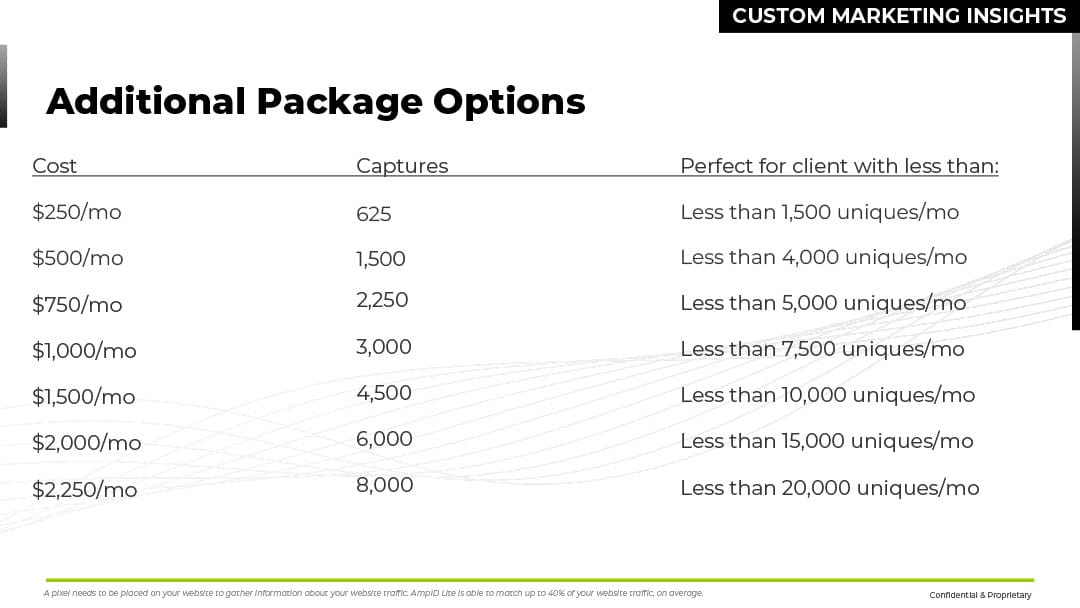Most social networks, such as Twitter, Instagram, Pinterest, Google+, the Vine, and Tumblr have used hashtags for a long time now. (When a hashtag is included in a post, clicking on the hashtaged word pops out a feed that aggregates others’ posts that have been tagged with the same phrase.)
Hashtags have become a huge part of Internet vernacular, and because of the way that users stream content from other sources such as Instagram and status updates from Twitter, hashtags are already all over Facebook, so the launch of clickable hashtags on Facebook makes perfect sense for every user.
Facebook users can now search for a specific hashtag from the search bar and compose posts directly from the hashtag feed. If a user only uses hashtags once in a blue moon, the hashtags used will also help Facebook learn a little bit more about that user’s likes and dislikes, which allows for a greater depth of targeting.
Advertising Age speculates that “hashtags might also ultimately bolster Facebook’s Graph Search since hashtag mentions provide a clearer expression of a user’s interest vs. Likes: “Likes are flawed signals, since users sometimes click on them arbitrarily or to satisfy a social obligation. But posting with a hashtag could be seen as a more tangible expression of affinity and could thus help to make graph search into a useful product.”
Tips on Using Facebook Hashtags:
Use FB hashtags like you do on Twitter. This will be exceptionally helpful when it comes to breaking news & stories about your business, specials, anything having to do with weather and sports.
- Research hashtags to find out what people are saying about specific topics, find out what is trending with that topic, and learn more about user’s insights on that topic.
- Don’t overuse hashtags in postings, as it makes the content hard to read. Pick the main keywords/topics and highlight those as hashtags.
- Teach your fans how to use them in case they aren’t familiar with seeing hashtags on Facebook.
- Streamline your postings by setting up the post with hashtags for the sites like Twitter, and minimize scheduling time by keeping the same format, hashtags included, for facebook as well.
- Encourage creative engagement around a hashtag, and be sure to instruct your fans to make their posts public when using the hashtag so you and your fans can see the conversation.
The change for Facebook to allow clickable hashtags will inevitably help Facebook become a more useful tool for real-time content, breaking news, trending stories, and more targetable advertising content so embrace it and use it as best as you can!
Read More about Hashtags on Facebook:
http://www.theverge.com/2013/6/12/4423200/facebook-adds-hashtag-support
http://adage.com/article/digital/facebook-adds-twitter-style-hashtags-user-timelines/242059/



